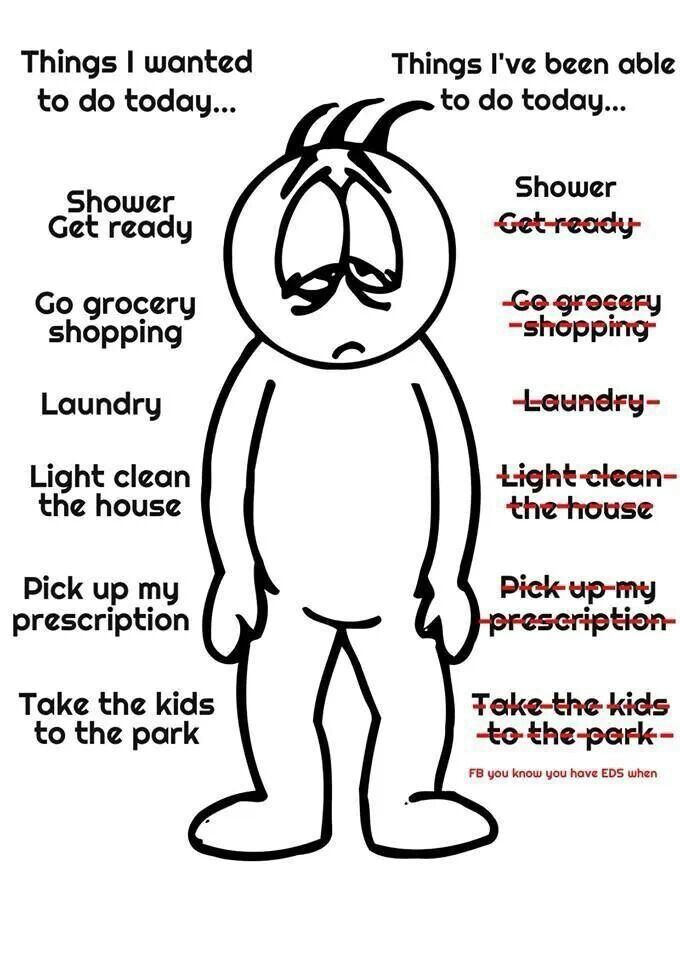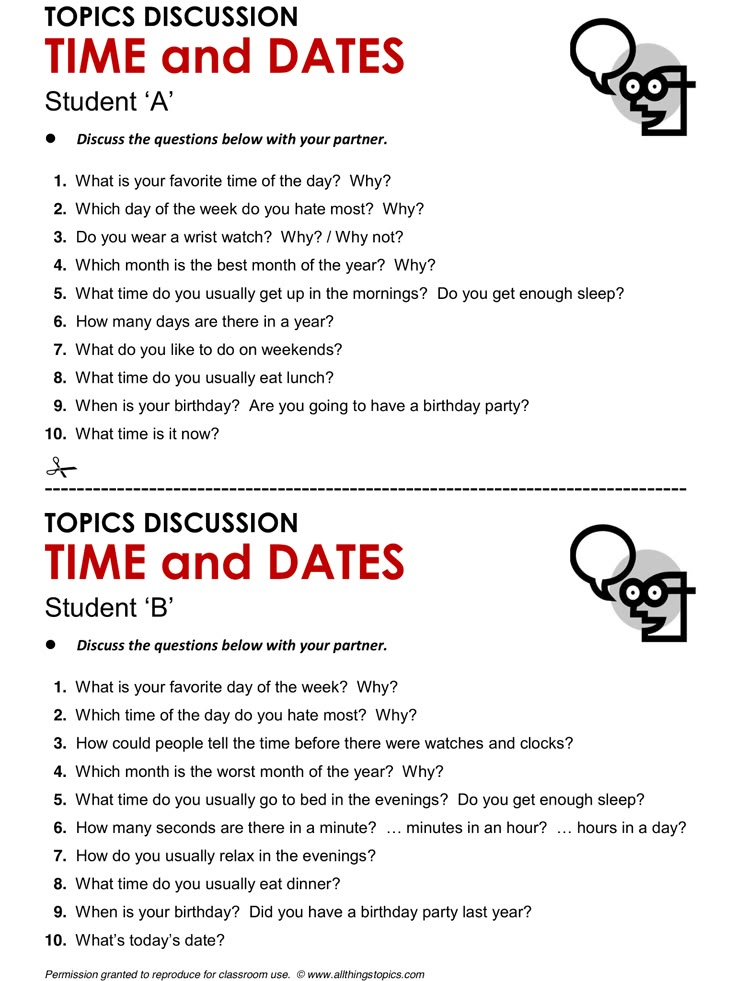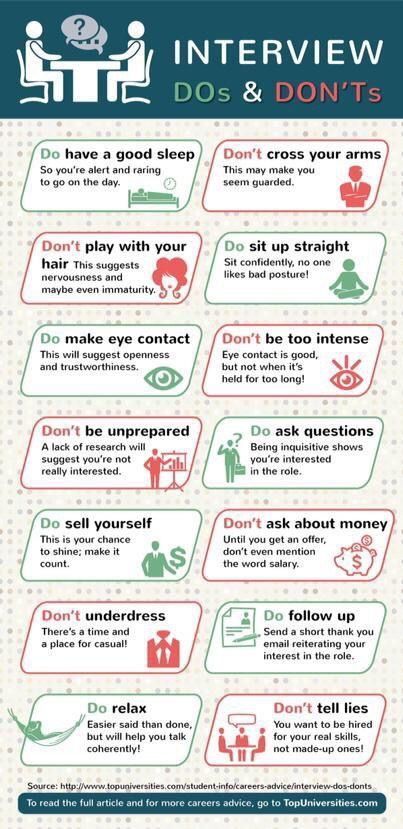Self esteem booster activities
7 Activities to Build Your Self-Esteem (With Exercises and Examples)
Do you find yourself deflecting compliments instead of accepting them? Or perhaps you tend to think your achievements are down to luck, but all your failures are your own fault? If you do, then maybe you’re just a very critical thinker, or more likely, you have low self-esteem. But lots of people have low self-esteem, right? What’s the big deal?
The big deal is that low self-esteem can lower your well-being and overall quality of life. This works the other way around, too, as low quality of life - which includes different factors like low socioeconomic status and loneliness - can lower self-esteem. Too high self-esteem can create its own problems - confidence may be sexy, but nobody likes a bragger. But a healthy, balanced level of self-esteem is often the key to success and a better, happier, and more fulfilled life.
And who wouldn’t want to be happy, right? Yet low self-esteem can often seem impossible to overcome because someone with low self-esteem doesn’t believe that they can do it. Luckily, there are some simple but effective ways of boosting self-esteem, and I will guide you through them in this article.
Contents
- Can you train your self-esteem?
- 7 activities to build your self-esteem
- 1. Don't deflect compliments - accept them!
- 2. Use positive affirmations (but only the right kind)
- 3. Keep a self-esteem journal
- 4. Set a goal and work towards it
- 5. Exercise
- 6. Practice mindfulness
- 7. Get off the 'gram
- Wrapping up
Can you train your self-esteem?
Self-esteem is influenced by a lot of factors, including (but certainly not limited to):
- Life experiences like bullying.
- Parenting style.
- Health.
- Age.
- Relationships.
- Quality of life.
- Socioeconomic status.
- Social media use.
Although there is some evidence that self-esteem is partly regulated by a certain gene, it is mostly affected by environmental factors such as the ones listed above.
Research shows that bullying, distant parenting, lower socioeconomic status, and social media addiction all predict low self-esteem. The good news is that self-esteem seems to grow with age.
Another big part of low self-esteem is the negative thinking and attributional styles that color how you understand the world. People with low self-esteem tend to think that every negative event is their fault and their fault alone. As far as we can tell, these thoughts are not genetic, but rather a product of people’s experiences, and thus, they can be changed.
When psychologists talk about raising self-esteem, this is what they talk about: challenging and changing the negative thought patterns that don’t help anyone.
In fact, Overcoming Low Self-Esteem by Melanie Fennell, one of the most popular self-help guides for raising self-esteem, is almost entirely dedicated to challenging negative and critical thoughts about oneself and forming new, positive ones. And really, that’s what raising self-esteem boils down to.
Research has shown that self-esteem can definitely be trained. Different forms of therapy, like art therapy, solution-focused brief therapy, and cognitive-behavioral therapy have been found to be successful in raising self-esteem in different age groups.
But what if you favor a more DIY approach? Things that you can try without having to make an appointment or spending a lot of money. Can you still train your self-esteem without the help of a professional?
The answer is a resounding yes! (As long as you’re willing to put in a little bit of effort, of course.) Below are some self-esteem activities that are sure to give you that much-needed boost of confidence.
💡 By the way: Do you find it hard to be happy and in control of your life? It may not be your fault. If you want to start feeling better, we've condensed the information of 100's of our articles into a 10-step mental health cheat sheet to help you be more in control. 👇
Being Happy Is Freaking Hard!
But it doesn't have to be! These 10 tips will protect you from anything that's trying to steal your happiness!
7 activities to build your self-esteem
Everybody deserves to feel good about themselves and take pride in their accomplishments, and luckily, healthy self-esteem is achievable for everyone. Here are 7 self-esteem activities that will help you get there.
Here are 7 self-esteem activities that will help you get there.
1. Don't deflect compliments - accept them!
I had just bought a new dress and it didn’t go unnoticed by my coworkers. “That’s a lovely dress and it suits you so well!” they would say. “Oh, it has pockets!” I would gush in response, showing off the pockets in question.
Now, I was really proud of my pockets (they could fit my phone!), but what I should have said was: “Thank you!”. Many people from both ends of the self-esteem spectrum have trouble accepting compliments sometimes, but people with low self-esteem have a hard time accepting any positive feedback.
To boost your self-esteem, practice saying “Thank you!” when someone pays you a compliment instead of deflecting it.
2. Use positive affirmations (but only the right kind)
Positive affirmations are popular tools for promoting self-esteem and confidence, but they might not always work for you. If you’re used to thinking of yourself as unlovable, then the statement “I am a lovable person” seems jarring, and repeating it may make you feel even worse.
To boost your self-esteem, use gentler affirmations, for example:
- I will persevere.
- I can do hard things.
- Mistakes help me learn and grow.
- Or even: I got this.
Choose an affirmation or two that work for you and write them down. Think about what you want to hear when you’re feeling low. Place the affirmation somewhere you look often - on your computer, in your wallet or planner, or you can even set the affirmation as the lock screen on your phone. Use it as a reminder that you do, in fact, got this.
3. Keep a self-esteem journal
Low self-esteem makes you look at the world in a negative light and positive journaling is a way to combat this.
The idea of a self-esteem journal is very simple: every day, sit down for a few minutes to write down the good things that happened that day.
They may be hard to notice at first, but with practice, you’ll soon find that seeing the positive comes naturally. Self-esteem journals are very similar to gratitude journals, which have been shown to boost overall well-being.
For your own journal, you can try a freeform approach and just write down the positive things that happened to you. You can also try this worksheet from Therapist Aid if you want some directions.
4. Set a goal and work towards it
As the psychologist Guy Winch puts it:
Self-esteem is built by demonstrating real ability and achievement in areas of our lives that matter to us.
One of the best ways to boost your self-esteem is to show yourself that you can meet your goals. For example, if you like running, set yourself a goal to run a certain amount of miles or sign up for a race. Work towards that goal and take pride in your progress.
Once you’ve achieved your goal, you can pat yourself on the back for a job well done and your self-esteem will rise, even if just by a little bit.
The goals should be realistic, though - if you’re a novice runner, don’t sign up for a marathon just yet. The other important point to consider is that the goals should be important to you. In other words, don’t set a goal to run a mile when you’d rather be swimming instead.
In other words, don’t set a goal to run a mile when you’d rather be swimming instead.
5. Exercise
Even if you’re not big on running, you should still be getting regular exercise. Not only is it good for your mental health in general, but research has shown that people engaged in physical exercise also have higher self-esteem.
Find an activity that works for you and get physical! From running to rowing, dancing to duathlon, fencing to football and everything in between, the opportunities are endless.
One of the biggest self-esteem success stories I have ever seen came from a friend who took a pole dancing class and fell in love with it. Turns out that it’s hard to feel bad for yourself when you’re literally hanging onto a pole with only the strength of your thighs.
6. Practice mindfulness
Mindfulness is all about being present and not worrying over the past or the future. In contrast, people with low self-esteem worry a lot.
Put 2 and 2 together and you’ll find that mindfulness can be an effective self-esteem booster, and research has shown that, too. Working at a school, self-esteem issues are my bread and butter, and simple mindfulness techniques have proven to be a surprisingly versatile tool in supporting my students’ confidence.
Working at a school, self-esteem issues are my bread and butter, and simple mindfulness techniques have proven to be a surprisingly versatile tool in supporting my students’ confidence.
A great place to start is setting aside 10 minutes of your day for meditating. If you’ve never done that before, you can try this guide by Headspace or one of the 5 meditation apps recommended by mindful.org, which is a great resource itself.
7. Get off the 'gram
If your Facebook and Instagram feeds are anything to go by, your friends are constantly on vacation, eating healthy, getting married, getting promotions, and generally living a better life than you are.
Deep down you know that you’re not getting the full picture, but it’s still difficult to feel good about yourself when you compare your own life to the highlight reels of others. While a little bit of upward comparison can be motivating, research has shown that in most cases, it just lowers your self-esteem.
So if you’re prone to such comparisons, the best gift you can give yourself is to log off for a while. If you can’t do that for some reason, then use the mute function and unfollow features that don’t add any value to your life and curate yourself a feed that lifts you up instead of bringing you down.
If you can’t do that for some reason, then use the mute function and unfollow features that don’t add any value to your life and curate yourself a feed that lifts you up instead of bringing you down.
💡 By the way: If you want to start feeling better and more productive, we've condensed the information of 100's of our articles into a 10-step mental health cheat sheet here. 👇
Instantly Improve Your Mental Health For Free
Thrive under stress and crush your goals with these 10 instant tips for your mental health.
Wrapping up
Everybody deserves to feel good about themselves and take pride in their accomplishments, and luckily, healthy self-esteem is achievable for everyone. Although it may take a little bit of work, the rewards are worth it - not only will you feel better about yourself and your accomplishments, but you’ll also live a better, more fulfilled life. If that is not a goal worth striving for, then I don’t know what is.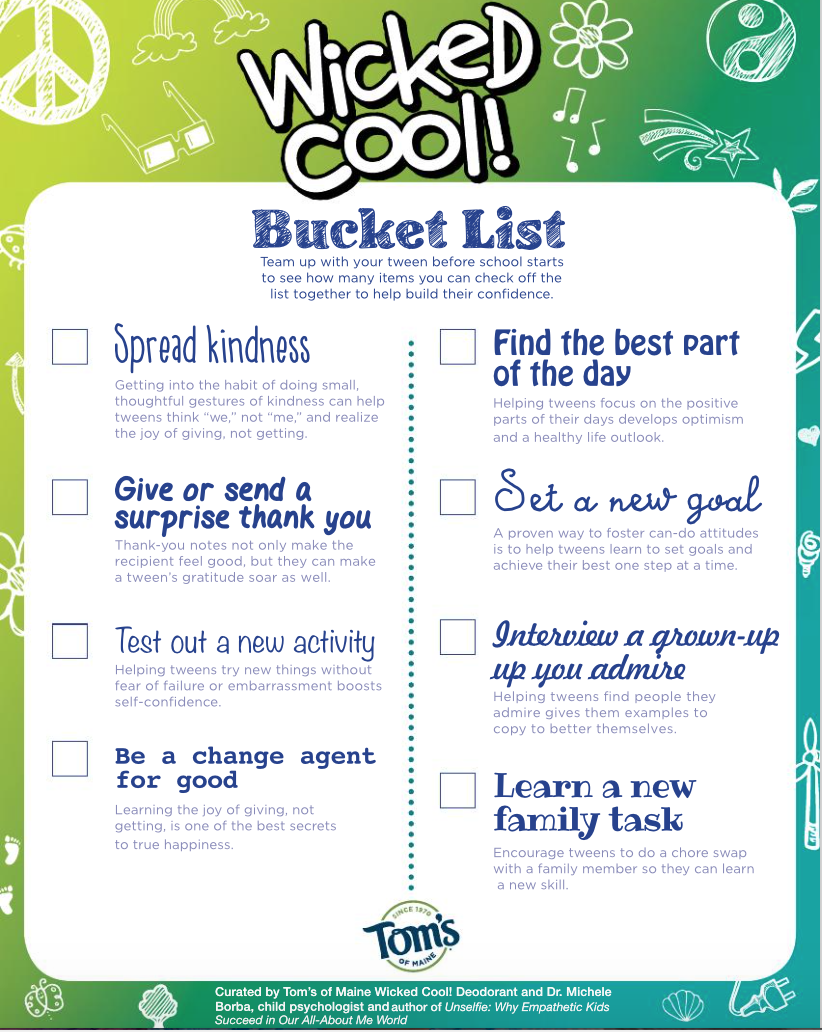
What's your favorite exercise or activity to build your self-esteem? I'd love to hear from you in the comments below!
Maili Tirel Writer
School psychologist, teacher and internet counselor from Estonia. Passionate about coffee, reading, dancing, and singing in the shower, much to the neighbors’ dismay. Counseling catchphrase: “It’s okay!“
Personal Strengths Defined (+ List of 92 Personal Strengths)
In my work with young people, we often talk about their ideas of personal strengths and weaknesses.
One of the exercises we begin with asks the students to think about one of their best friends or someone they admire, and to write a list of all the personal strengths they believe this person has. Then they are asked to write a list of their weaknesses.
Almost every time, the strengths list is long and full of wonderful sentiments and statements, while the weakness list usually contains one or two things, or nothing at all.
Then we flip the exercise.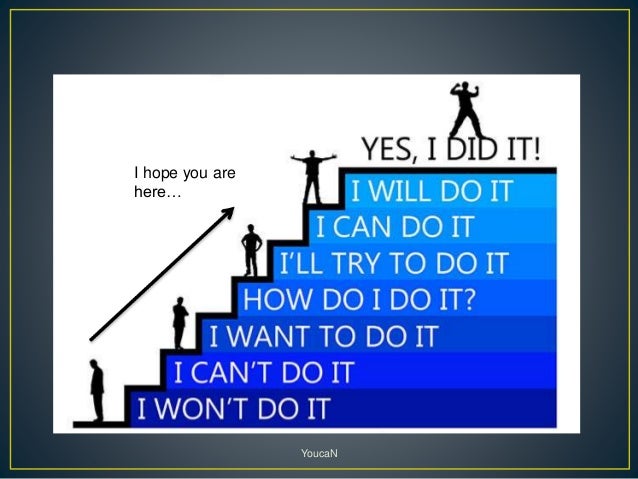 Students are asked to repeat the same task, but this time write a list of personal strengths and weaknesses they feel they have. The results? The strengths list is minimal, while the weakness lists are double the length.
Students are asked to repeat the same task, but this time write a list of personal strengths and weaknesses they feel they have. The results? The strengths list is minimal, while the weakness lists are double the length.
I’ve found that this isn’t something that goes away as we become adults and further develop our experiences and personal knowledge. So, how do we better acknowledge our personal strengths versus our personal weaknesses? And what is the importance of doing so?
Before you continue, we thought you might like to download our three Strengths Exercises for free. These detailed, science-based exercises will help you or your clients realize your unique potential and create a life that feels energized and authentic.
This Article Contains:
- Personal Strengths Defined
- Personal Weaknesses Defined
- Why Our Personal Strengths and Weaknesses Matter: The Research
- 5 Symbols of Mental Strength
- Fortitude of Character
- 5 Benefits of Listing Your Strengths and Weaknesses
- 3 Tools for Measuring Your Personal Strengths
- Professional Strengths: ‘The Big Four’ for Work
- List of 92 Strengths for Resumes & Cover Letters
- A Take-Home Message
- References
Personal Strengths Defined
One of the key contributions positive psychology has made is supporting individuals to reflect on, consider, and identify their core strengths to utilize them to lead a flourishing life (Boniwell, 2006).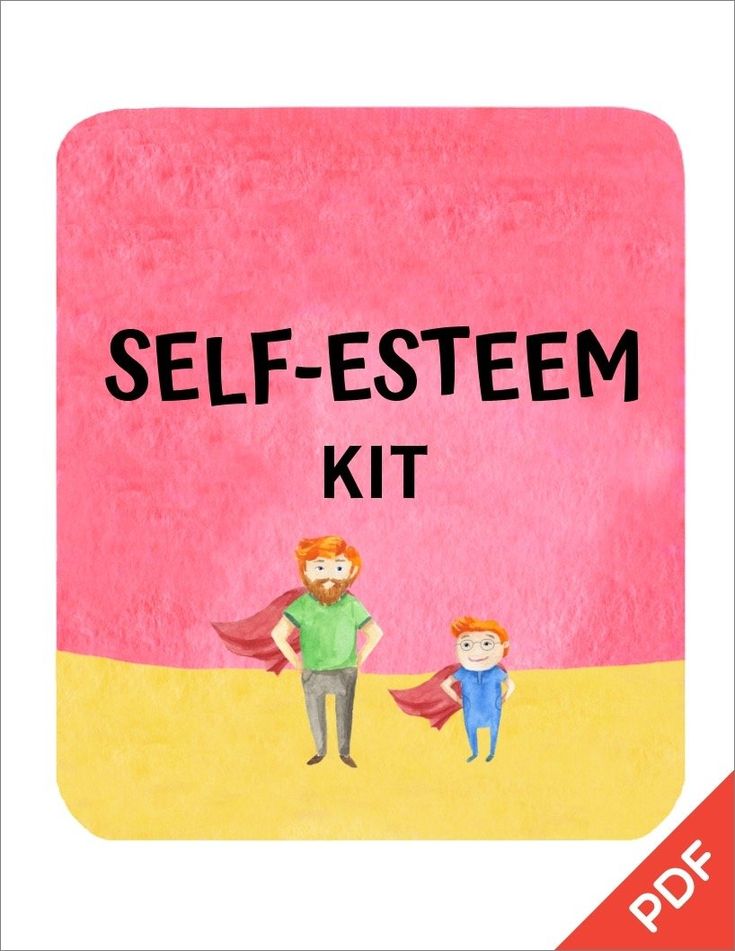
Within positive psychology, personal strengths are defined as our built-in capacities for particular ways of thinking, feeling, and behaving (Linley, 2008). We all possess distinct character strengths that are associated with the six virtues of positive psychology theory (Seligman, 2002):
- Wisdom
- Creativity
- Curiosity
- Love of learning
- Open-mindedness
- Perspective
- Courage
- Authenticity
- Bravery
- Persistence
- Zest
- Humanity
- Kindness
- Love
- Social intelligence
- Justice
- Fairness
- Leadership
- Teamwork
- Temperance
- Forgiveness
- Modesty/Humility
- Prudence
- Self-regulation
- Transcendence
- Appreciation of beauty and excellence
- Gratitude
- Hope
- Humor
- Religiousness/Spirituality
Over three years, Peterson and Seligman (2004) explored what personal strengths might look like and came up with the above list of 24 core strengths.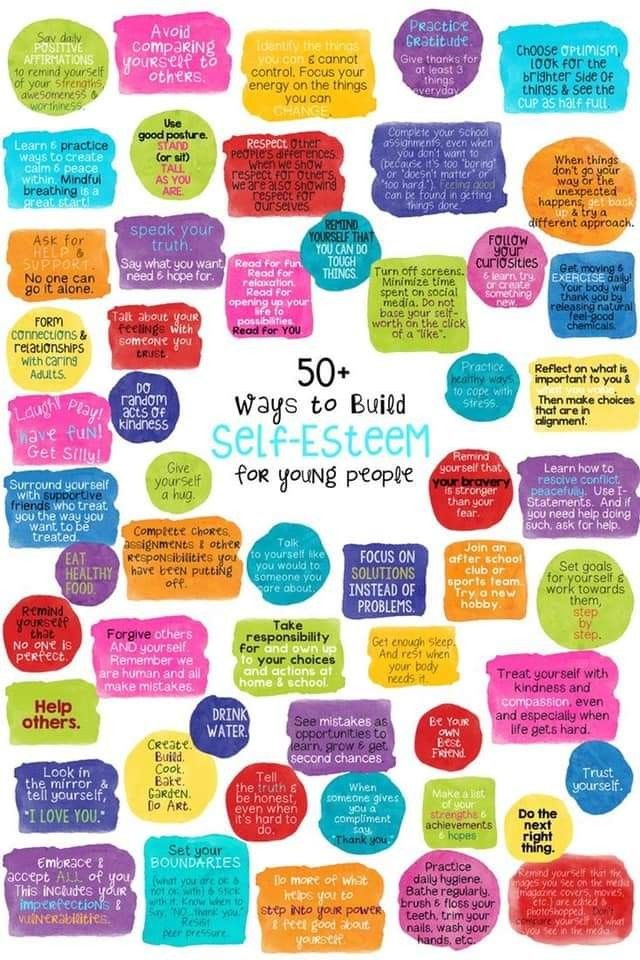 They referred to these as character strengths and concluded the following:
They referred to these as character strengths and concluded the following:
- These 24 strengths are evident across human history and world cultures.
- Each of the 24 strengths exists in all of us to varying degrees.
Positive psychology helps us to acknowledge that we may be stronger in some areas and weaker in others, and that’s okay. It’s what makes us all unique. The point is to identify your pattern of strengths so that you can tap into these to live a more fulfilling life.
Personal Weaknesses Defined
One of the other purposes of positive psychology is to bring our ideas of strengths and weaknesses into balance. Positive psychology traditionally took the stance that other areas of psychology have placed too much emphasis on pain, trauma, and negative emotions and experiences (Seligman, 2002).
With that in mind, positive psychology considers a weakness to be one of the 24 character strengths that you are lower in, rather than a full deficit of a strength in particular.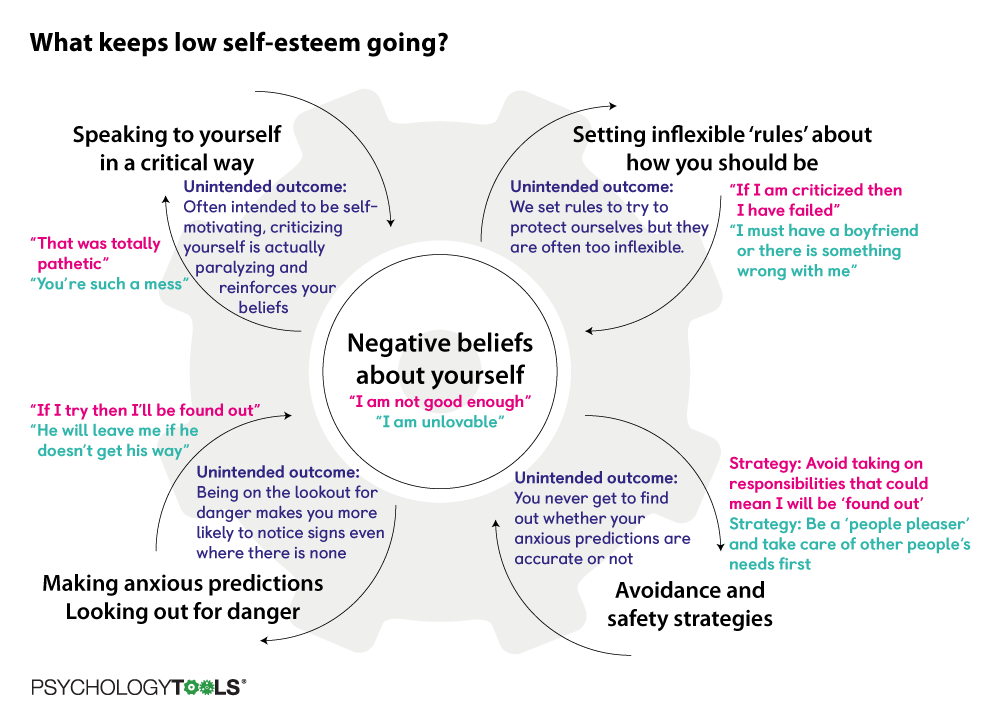 Peterson and Seligman (2004) believe we each hold all of the character strengths within us, and understanding how each sits within our personal capacity allows us to respond and behave in more positive ways.
Peterson and Seligman (2004) believe we each hold all of the character strengths within us, and understanding how each sits within our personal capacity allows us to respond and behave in more positive ways.
Positive psychology does not see weaknesses as ‘unfixable’ areas, and we can work to improve some of our less-developed character strengths if we wish to, through various positive psychology techniques and tools.
Why Our Personal Strengths and Weaknesses Matter: The Research
Understanding our strengths and weaknesses is important within positive psychology, as it forms the foundation for much of the theory and therapeutic work.
Encouraging children to become aware of their strengths helps them to develop more self-confidence and self-awareness, as well as a deeper appreciation and value for how each of us is different (Peterson & Seligman, 2004).
Further research has backed up the positive impact of encouraging individuals to explore and understand their character strengths.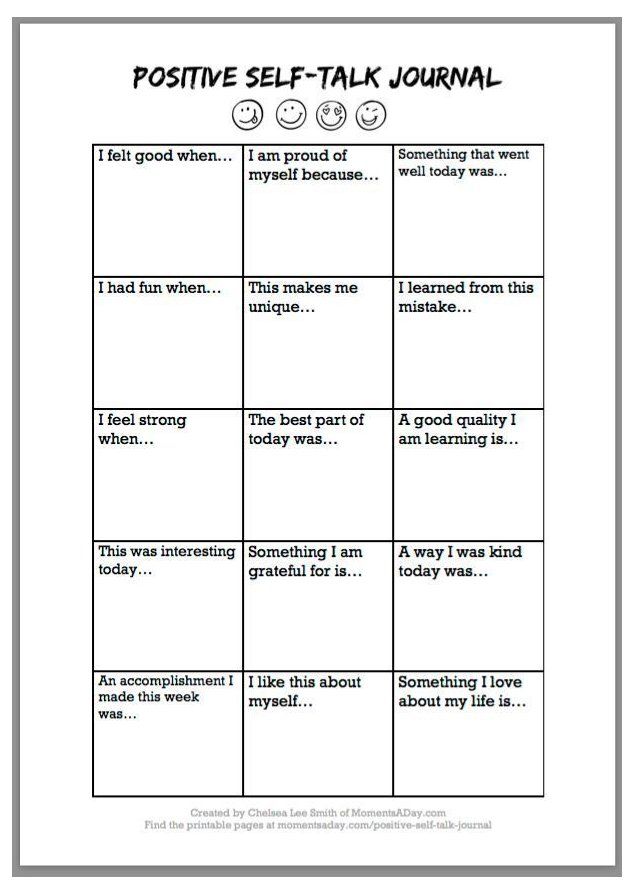
- The process of identifying and utilizing your strengths in everyday life has been linked to an elevated sense of vitality and motivation (Clifton & Anderson, 2001), increased probability of achieving goals, and a stronger sense of life direction (Hodges & Clifton, 2004). It has also been linked to higher self-confidence, engagement, and productivity (Peterson & Seligman, 2004).
- Rust, Diessner, and Reade (2013) found that students who were encouraged to focus on identifying their character strengths over 12 weeks reported higher gains on the Satisfaction With Life Scale (Diener, Emmons, Larson, & Griffin, 1985) compared with a control group.
- Identifying strengths has also been linked to benefits beyond the individual. Focusing on employee strengths during performance reviews was shown to increase workplace productivity by up to 34% (Corporate Leadership Council, 2002).
- Using strengths-based interventions in the workplace also led to a lower turnover of staff by up to 14% (Asplund, Lopez, Hodges, & Harter, 2009).
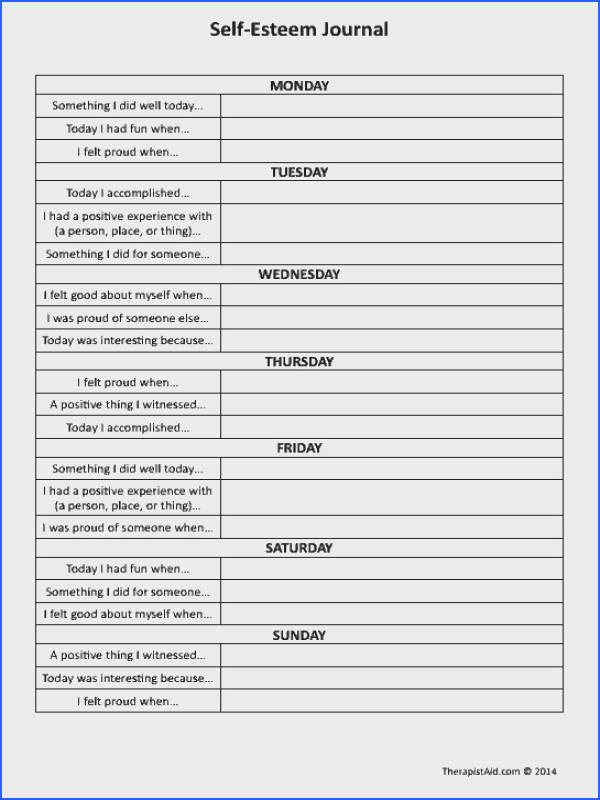
Understanding our strengths has been shown to have extensive positive benefits across our life. Still, research has gone one step further and acknowledged that alongside knowing our strengths, knowing when to use them is equally important. Understanding which strengths are optimal in which contexts allows us to further navigate our understanding of ourselves and achieve goals (Ryan, 2009; Schwartz & Sharpe, 2006).
Wheel of Character Strengths
Researchers believe we each have all the character strengths to differing degrees, and understanding how each sits within our personal capacity allows us to respond and behave in more positive ways (Peterson & Seligman, 2004).
Learning your strengths and shortcomings can be an integral part of your personal development. One way to identify your inherent strengths is the 15-minute VIA Character Strength Identification Survey.
This Values in Action (VIA) Survey is a leading assessment to highlight an individual’s character strengths (Peterson & Seligman, 2004).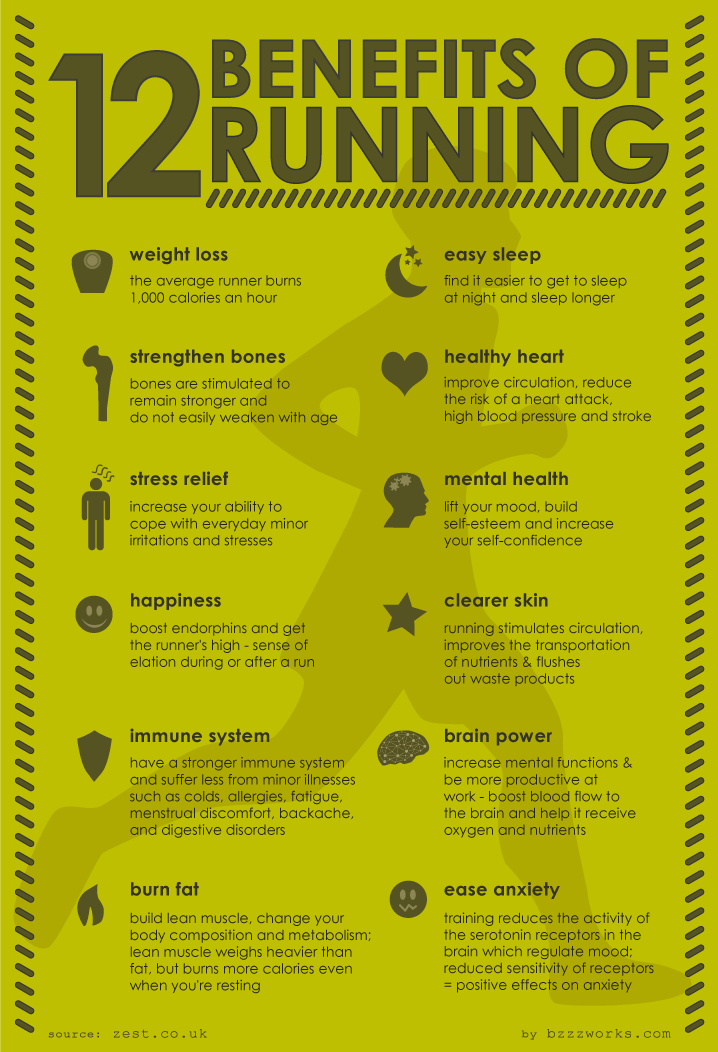 It measures 24 character strengths under six overarching categories: wisdom, courage, humanity, justice, temperance, and transcendence.
It measures 24 character strengths under six overarching categories: wisdom, courage, humanity, justice, temperance, and transcendence.
5 Symbols of Mental Strength
Another positive psychology concept worth exploring in relation to personal strengths is the concept of mental strength, sometimes referred to as mental toughness.
Mental strength is the capacity to deal with various stressors or challenges when they arise and still perform to the best of your ability and personal strengths (Clough, Earle, & Sewell, 2002). Mental strength is another core foundation of positive psychology and something that can be built and developed over time with purpose and practice.
Positive psychology defines mental strength through the following attributes:
- Adaptability
- Endurance
- Steadfastness
- Dependability
- Effectiveness
With personal strengths comes the balance of personal weaknesses, and the same is true with mental strength. If not practiced in alignment with personal strengths or without purpose, mental strength may change into its negative counterpart:
If not practiced in alignment with personal strengths or without purpose, mental strength may change into its negative counterpart:
- Adaptability can become fickleness.
- Endurance may lead to martyrdom or victimization.
- Steadfastness can turn to inflexibility.
- Dependability can become predictability.
- Effectiveness may lead to laziness or taking shortcuts.
Being aware of this can help you to adjust where you notice an imbalance. Just as you might go to the gym to build physical muscle and give up bad habits to meet personal fitness goals, you can develop better mental strength through the right mix of behaviors and thoughts (Morin, 2017).
Fortitude of Character
Fortitude; noun:
- strength and firmness of mind; resolute endurance
- the strength to bear misfortune, pain, etc. calmly and patiently; firm courage
Collins Dictionary, 2020
Another term you might come across when exploring personal strengths within positive psychology is ‘fortitude of character,’ sometimes referred to as ‘strength of character.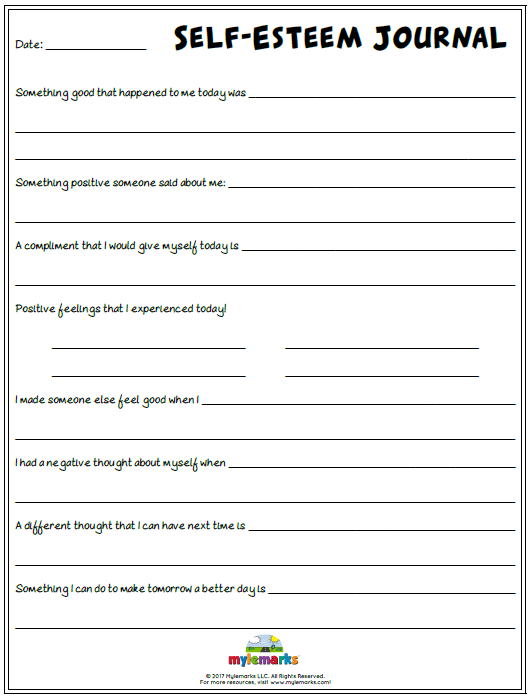 ’
’
Similar to building mental strength, fortitude of character is the process of identifying, focusing on, and building your innate strengths over time. Alongside your strengths, fortitude of character advises focusing on the character strengths that assist you in overcoming challenging situations that you might be weaker in (Corbett, 2018). This could be assertiveness, courage, confidence, or justice.
This process does not happen overnight, and a purposeful, conscious practice is needed to regularly identify small daily actions that can lead to you building your fortitude of character. Each day will present new scenarios or situations in which you can practice.
5 Benefits of Listing Your Strengths and Weaknesses
Referring back to my example from the start of this article about how I get my students to list their strengths and weaknesses, one of the biggest resistances to this exercise is that it ‘is narcissistic.’ But that is entirely untrue.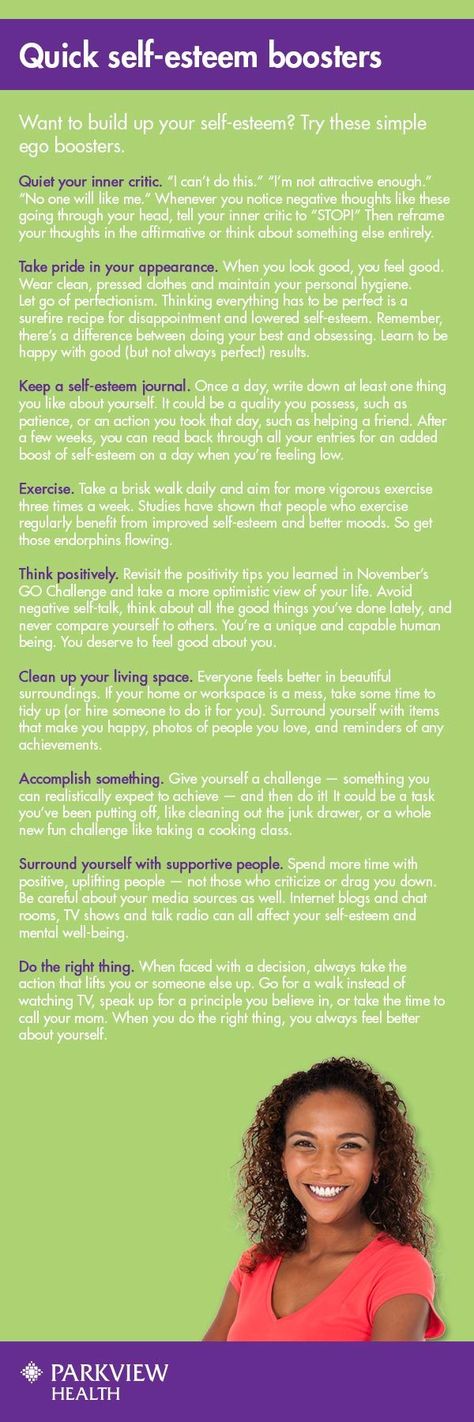
Listing your strengths and weaknesses is a beneficial exercise that helps to motivate a range of positive cognitive and behavioral changes. Here are five to get you started:
1. Builds your self-awareness
Self-awareness is crucial in a variety of personal and interpersonal settings. When you spend time reflecting on and identifying your strengths and weaknesses, it allows you to consider the various situations where you shine and where you don’t.
This level of awareness means you can play to your strengths and seek support in situations where you are weakest.
2. Helps you understand other perspectives
Knowing your strengths and weaknesses also enables you to understand others’ strengths and weaknesses and increases your capacity for empathy (Abbate, Boca, & Gendolla, 2016).
Better self-awareness increases your confidence in your capabilities, resulting in reduced self-seeking and self-gratifying mentalities (Stephenson & Wicklund, 1983), freeing you up to listen to others and understand their perspectives.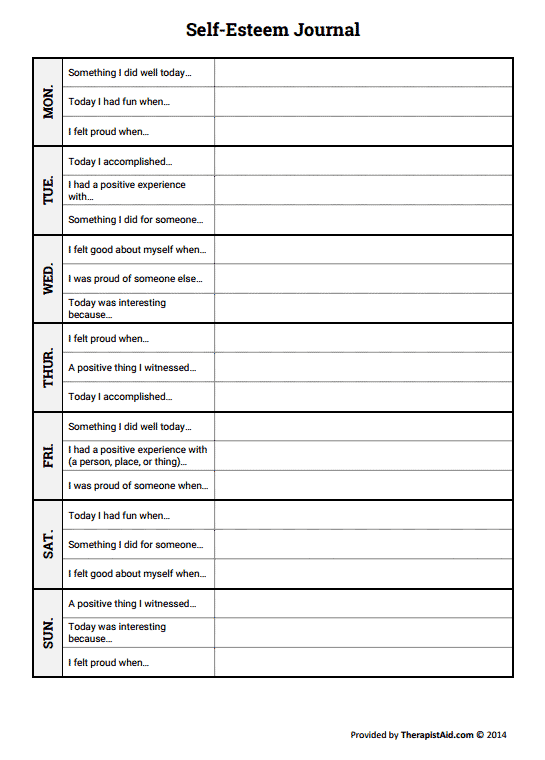
3. Allows you to identify areas for improvement
Sometimes we might know intuitively where we need to improve, but never actually go one step further to proactively make those changes. Actively and creatively reflecting and problem solving around your strengths and weaknesses can motivate you to pursue improvements.
The process of writing these things down can instigate the identification of the micro-actions that can create the positive changes you might want to see.
4. Increases your positive vocabulary and positive self-talk
Another benefit of actively writing down your strengths is that it allows you to flex your vocabulary muscles and develop the language needed to talk positively about yourself. Self-talk is vital for our overall feelings of contentment. Positive self-talk has been linked to effective positive cognitive and behavioral changes (Tod, Oliver, & Hardy, 2011).
5. Greater appreciation for areas you may have previously undervalued
How do you know which aspects of yourself to value if you’re unsure what they are? Sometimes we view particular behaviors as negative or ‘weird’ when, in fact, they are linked to personal strengths.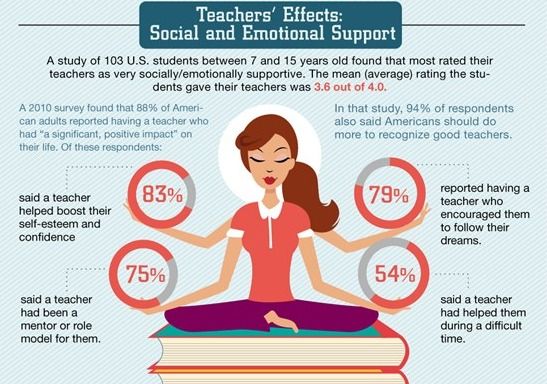
Identifying your strengths and weaknesses also allows you to begin connecting them to specific behaviors and habits. In doing so, you can begin to decide which ones are beneficial and contribute to who you want to be, and which ones aren’t.
This process of listing your strengths and weaknesses isn’t a one-time exercise. Make sure you revisit your list often to review your progress. Your ideas of your strengths and weaknesses will almost certainly fluctuate over time, so this exercise can be great to see what direction you’re heading in.
How to find your strengths – Jay Shetty
3 Tools for Measuring Your Personal Strengths
Exploring your strengths can be an exciting endeavor if this is the first time you’ve considered them.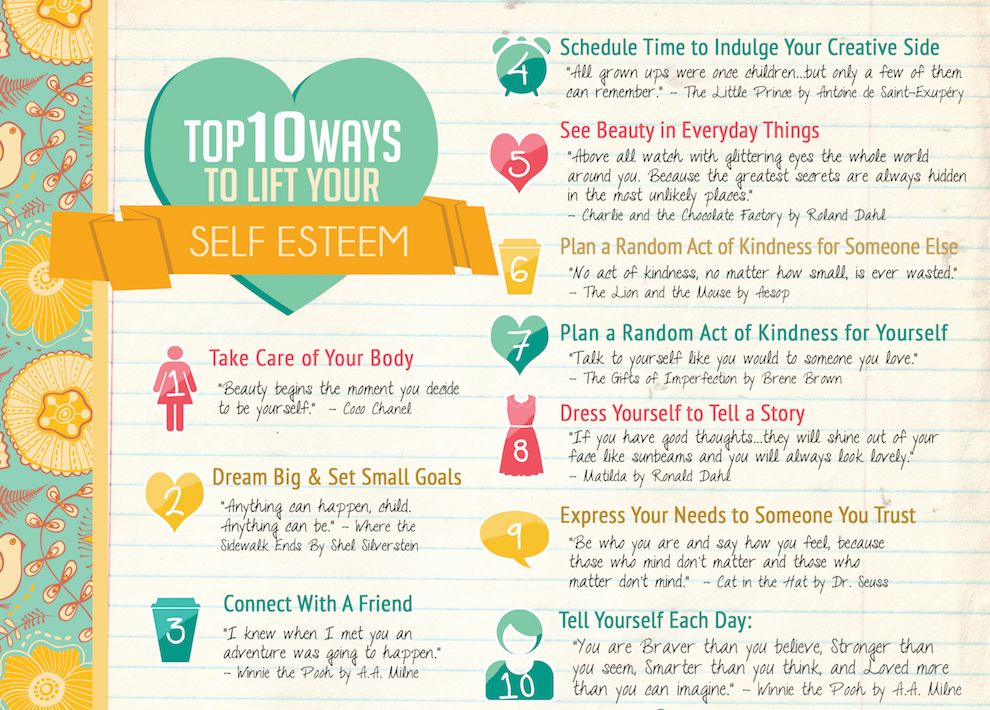 Positive psychology has presented us with several valuable tools we can use to begin painting the picture of our strengths and weaknesses.
Positive psychology has presented us with several valuable tools we can use to begin painting the picture of our strengths and weaknesses.
Here are three to get you started:
1. The VIA Character Strengths Inventory
Developed by Peterson and Seligman (2004), the VIA Character Strengths Inventory is one of the most popular and fundamental ways to measure your personal strengths.
It is based on their 24 character strengths, around the six virtues. You can complete a short questionnaire, responding to a series of statements. Your results then rank the character strengths, from strongest to weakest.
It’s an excellent starting point and can be quite enlightening and surprising.
2. The Big Five Personality Test
The Big Five Personality Test is another excellent questionnaire to begin exploring your personal strengths.
Free to access and complete, it provides you with a series of statements and asks you to rank them from inaccurate to accurate as you feel they relate to you.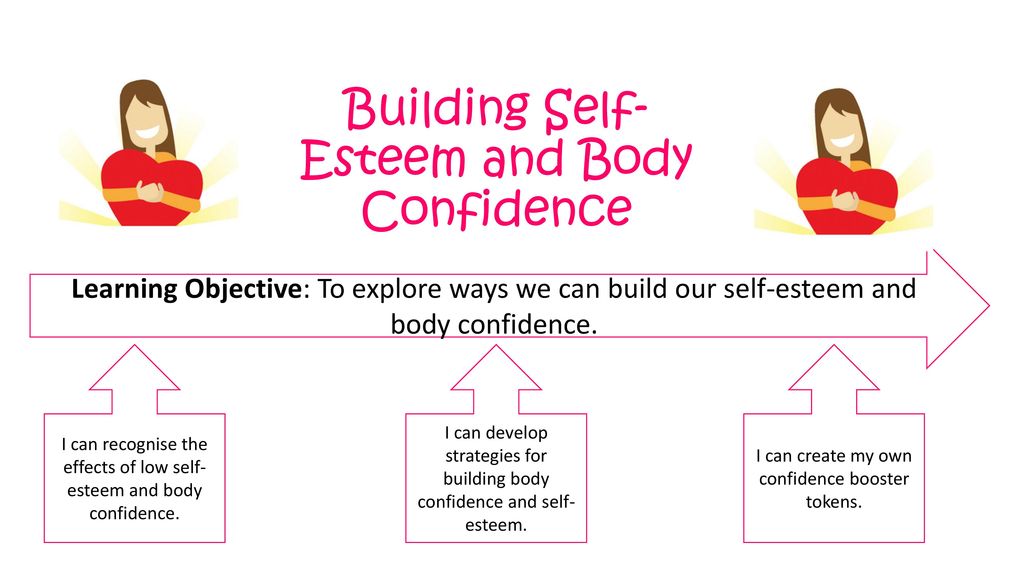 The results then provide you with a score for the ‘Big Five’ personality traits: openness, conscientiousness, extraversion, agreeableness, and neuroticism.
The results then provide you with a score for the ‘Big Five’ personality traits: openness, conscientiousness, extraversion, agreeableness, and neuroticism.
It is shorter than the VIA Survey and should only take around 10 minutes to complete.
3. The 300-Question Personality Traits Inventory
If you’re seeking to go in depth, this could be the questionnaire for you!
Consisting of 300 statements, this inventory asks you to rate your responses to each one from inaccurate to accurate as you feel it relates to you personally. The results then provide you with a detailed overview of your core character traits.
This inventory takes around 30 minutes to complete.
Professional Strengths: ‘The Big Four’ for Work
Once you’ve spent some time reflecting on your strengths, you might also begin to consider your professional strengths.
Many of our strengths can be translated well to the workplace and professional contexts, but it’s how we translate them and the language we use that transitions them from ‘personal’ to ‘professional. ’
For example:
| Personal strength | Professional strength |
|---|---|
| Love of learning | Commitment to professional development |
| Perspective | Strong team player |
| Bravery | Able to deliver on tough projects |
This reflection can be especially helpful when you’re considering which jobs might be right for you. Once you know your personal and professional strengths, you can start to reflect on job roles in this context and find ones that are the best match for you.
When applying for jobs where you feel unsure about which strengths to focus on, try asking yourself these four questions:
1. Is it relevant for the job?
This one is crucial. We often have a list of strengths and skills, but we don’t hone them down for relevance.
When weighing up whether to include a specific skillset, reflect on the job role itself and review the job description. Is the skill mentioned in the job posting? Will it be required for the role or add value?
If it is not relevant, do not include it.
2. Is it accurate and true?
Many employers state that one of their biggest annoyances is when candidates list skills that they don’t have. I often experience this with the students I work with, where they list a skill they know is relevant to the industry, but have little or no experience with themselves.
Make sure everything you list is accurate about you and provides a true reflection of your skill level. You will be asked about it!
3. Is it adaptable?
There will be certain skills we pick up in one role that are fully relevant and adaptable to another.
If you identify some skills that fit this profile, make sure you detail how the skill can be adapted to the new role or industry you’re applying to. Years working in a retail job will give you excellent communication and teamwork skills, which could adapt well to an office or administrative environment.
4. Can you provide examples?
Linked back to question number two, make sure that any skill you list comes with tangible examples of when you have used or developed it. This is especially important if it is a skill listed in the job posting, as you will likely be asked about it in the interview.
One of the best ways to structure an example that focuses on a specific skill is the STAR technique. Here’s what that looks like:
Situation: Set the scene for your example, describing where you were working and what your role was.
Task: Provide details of what you were asked to do that demonstrates the skill you are seeking to describe.
Action: Paint the picture of what you did to meet the demands of the task and show your skill.
Result: Detail what happened as a result of your actions and skill.
List of 92 Strengths for Resumes & Cover Letters
Anyone who has ever had to write an application, resume, or cover letter knows that listing your strengths is crucial to demonstrate a personal and professional match for the role.
Most of us, however, get stuck at knowing how to articulate these strengths.
One of the core ways to begin identifying which strengths you should list or focus on is to read the job posting carefully, highlighting any keywords that stand out and particularly focusing on those that relate to the personal and professional requirements of the job itself.
Once you have this list, you can begin to create your own list that aligns as closely as possible. Having the language to do this helps a lot. We’ve compiled a list of 92 key personal and professional strengths that can be used for resume and cover letter purposes (List of Personality Traits, n.d.; Positive Personality Adjectives, n.d.; 638 Primary Personality Traits, n.d.):
| Adaptable Affectionate Ambitious Articulate Aspiring Calm Candid Capable Caring Charismatic Cheerful Clear headed Communicative Competitive Considerate Cooperative Courageous Courteous Creative Curious Decisive Determined Devoted Diligent Efficient Empathetic Endures Energetic Enthusiastic Expansive Experienced | Flexible Focused Forgiving Forthright Frank Friendly Generous Grateful Hard-working Helpful Honest Humble Imaginative Independent Innovative Insightful Intuitive Inventive Involved Kind Mature Methodical Meticulous Modest Motivated Natural leader Neat Objective Open minded Optimistic Organized | Outspoken Painstaking Passionate Patient Perceptive Perseveres Persuasive Polite Practical Proactive Prudent Punctual Realistic Reliable Resourceful Respectful Responsible Responsive Seasoned Self-confident Self-directed Self-disciplined Self-reliant selfless Sensible Serious Sincere Sociable Sympathetic Systematic |
A Take-Home Message
Exploring and understanding our personal strengths and weaknesses can be a fulfilling experience. I know that when my students start working on this, I see a noticeable improvement in their confidence and the positive ways they begin to talk about themselves. They also acknowledge each other’s strengths, and this, in turn, creates a great classroom environment where we support each other.
I hope after reading this article, you’ll have found a starting point or a continuation for the ways in which you can explore your personal and professional strengths. If there’s one key message I’d like you to take away from this, it’s that this process is in no way narcissistic and can lead to some wonderful moments of self-discovery and growth.
I’ve seen my strengths and weaknesses develop over even a short amount of time as I focus on the ones I want to work on and improve.
After reading this, I hope you feel a renewed motivation to check in on your strengths more frequently.
We hope you enjoyed reading this article. Don’t forget to download our three Strengths Exercises for free.
- 638 Primary Personality Traits. (n.d.) Massachusetts Institute of Technology. Retrieved from http://ideonomy.mit.edu/essays/traits.html
- Abbate, C. S., Boca, S., & Gendolla, G. H. E. (2016). Self-awareness, perspective-taking, and egocentrism. Self and Identity, 15(4), 371–380.
- Asplund, J., Lopez, S. J., Hodges, T., & Harter, J. (2009). The Clifton Strengths Finder® 2.0 technical report: Development and validation [technical report]. Gallup.
- Boniwell, I. (2006). Positive psychology in a nutshell. PWBC.
- Clifton, D. O., & Anderson, E. (2001). StrengthsQuest. Gallup.
- Clough, P. J., Earle, K., & Sewell, D. (2002). Mental toughness: The concept and its measurement. In I. Cockerill (Ed.), Solutions in sport psychology (pp. 32–43). Thomson.
- Collins Dictionary. (2020). Definition of Fortitude. Retrieved from https://www.collinsdictionary.com/dictionary/english/fortitude
- Corbett, T.
(2018). Fortitude – Strength of character. Retrieved from https://ethicalfoundations.com.au/fortitude-strength-of-character/
- Corporate Leadership Council. (2002). Building the high-performance workforce. Corporate Executive Board.
- Diener, E., Emmons, R., Larson, R. J., & Griffin, S. (1985). The Satisfaction With Life Scale. Journal of Personality Assessment, 49(1), pp. 71-5.
- Hodges, T. D., & Clifton, D. O. (2004). Strengths-based development in practice. In P. A. Linley & S. Joseph (Eds.), Positive psychology in practice (pp. 256–268). John Wiley & Sons.
- Linley, A. (2008). Average to A+: Realising strengths in yourself and others. CAPP Press.
- List of Personality Traits. (n.d.) The Lists. Retrieved from http://www.thelists.org/list-of-personality-traits.html
- Morin, A. (2017). 13 Things mentally strong people don’t do: Take back your power, embrace change, face your fears, and train your brain for happiness and success.
William Morrow Paperbacks.
- Peterson, C., & Seligman, M. E. P. (2004). Character strengths and virtues: A handbook and classification. American Psychological Association.
- Positive Personality Adjectives. (n.d.). English Club. Retrieved from https://www.englishclub.com/vocabulary/adjectives-personality-positive.html
- Rust, T., Diessner, R. & Reade, L. (2009). Strengths only or strengths and relative weaknesses? A preliminary study. The Journal of Psychology: Interdisciplinary and Applied, 143(5), 465–476.
- Ryan, L. (2009). Opportunities and obstacles: Incorporating positive psychology into business coaching (Unpublished master’s dissertation). University of East London, UK.
- Seligman, M. E. P. (2002). Authentic happiness: Using the new positive psychology to realize your potential for lasting fulfillment. Free Press.
- Schwartz, B., & Sharpe, K.E. (2006). Practical wisdom: Aristotle meeting positive psychology.
Journal of Happiness Studies, 7, 377–395.
- Stephenson, B. O., & Wicklund, R. A. (1983). Self-directed attention and taking the other’s perspective. Journal of Experimental Social Psychology, 19(1), 58–77.
- Tod, D., Oliver, E. J., & Hardy, J. (2011). Effects of self-talk: A systematic review. Journal of Sport and Exercise Psychology, 33(5), 666–687.
10 Self-Esteem Activities
Before watching these 10 Self-Esteem Activities, I suggest you watch this video by David Cantone in which he gives us a series of tips to help us increase our self-esteem and keep it high. [Video length 15 minutes]
David begins by explaining to us the importance of appreciating ourselves in order to open up more opportunities in life:
We now offer the following 10 self-esteem activities: [If you wish, you can supplement the information in this article with this other: https://www. recursosdeautoayuda.com/como-podemos-mejorar-la-autoestima/]
1) Spending time with someone every day.
Man is social by nature. A lonely person is less likely to achieve a satisfactory level of mental well-being. The goal is for you to have a pleasant time and exchange experiences and opinions.
3 basic requirements:
* That the people you associate with are positive. It's hard not to feel bad when you constantly feel like you're being criticized or surrounded by people who constantly complain.
* That they appreciate you for who you are.
* Make sure you have supportive people around you to counter criticism from negative people.
2) Exercise.
It can be a simple walk, although if it's an aerobic activity, it's much better. Exercise causes your brain to release more endorphins, neurotransmitters that increase your sense of well-being and therefore your self-esteem.
If it can be an exercise that you do together, much better.
3) Read the book.
Books are a window into other worlds, other characters, other points of view that enrich you as a person and make you look at life in a new way. Sometimes a book can feel like psychotherapy.
4) Sleep long enough to clear your mind.
Some people need 8 hours of sleep, others need 6. A rested mind is safer from everyday problems.
5) Write a diary.
Write down what you did well that day. This will help you identify and remember your strengths. If something bad happened to you, look for the positive side.
6) Change the image if necessary.
Take a shower, go to the salon and buy yourself some new clothes. A simple transformation can be effective.
7) Start the day right.
If you wake up feeling depressed, take the time to shower and get ready. When you are done, you will feel better. Looking good on the outside helps you feel good on the inside.
8) Do not use drugs to feel better.
Here I also include tobacco and alcohol. If you learn to fight without resorting to such things, your self-esteem will increase significantly. There are no short cuts to face life, and in the end such things require very expensive bills in the form of great suffering.
9) Engage in social activities.
By community service, I mean some type of course (dance, Pilates...), volunteer work, or some kind of work in the community you live in. People who engage in activities to help others report themselves as happier and with higher self-esteem.
10) Don't worry about being "perfect".
Striving for perfection is a trap that can undermine your self-esteem. Nobody is perfect in the eyes of others. Instead, try to reach the goal.
To conclude, I leave you with a very pertinent video on this topic:
10 Steps to Healthy Self-Esteem
Confidence is a vital personality trait. What does it give a person? First, the feeling of happiness. Those who have low self-esteem are prone to constant self-criticism, doubts about their actions. It is not surprising that in such cases life flies by, there is no need to talk about happiness and success. A self-confident person positively assesses his skills and abilities, which means that it is easier to achieve his goals.
In this article we will talk about what causes self-doubt and analyze effective methods to increase self-esteem. First, let's talk about the concept of "self-esteem" and its functions.
What is self-assessment?
Self-esteem is a person's understanding of himself, his qualities, feelings, positive and negative sides. This is an awareness of the importance of one's personality and one's actions in society.
Self-assessment performs the following functions:
- Regulatory - allows the individual to make their own decisions.
- Developing — encourages a person to develop.
- Protective - provides stability and independence of a person.
- Emotional - helps to feel satisfaction with one's qualities and other characteristics.
- Signal - shows a person's true attitude towards himself.
- Adaptive - helps to adapt to the environment.
- Prognostic — controls the activity at the start of the task.
- Corrective - allows you to control the process of the task.
- Retrospective - makes it possible to evaluate one's activity, behavior at the end of the task.
- Motivating - encourages to act in such a way as to receive praise.
- Terminal - forces you to stop any actions if self-criticism and dissatisfaction with yourself appear in the process of their implementation.
In fact, self-esteem is a person's opinion about himself, which can be influenced by others: family, friends, work colleagues.
It is important to distinguish adequate self-esteem from self-confidence. Self-confidence is an overestimation of one's importance to others, arrogance. Adequate self-esteem is the correct balance of one's own strengths and goals, the most accurate assessment of a person's skills and qualities.
Low self-esteem is manifested in excessive self-criticism, self-doubt, shyness. It is difficult for such people to communicate, they are often prone to depression.
A correct perception of oneself is a sound assessment of one's strengths and weaknesses, a competent presentation of oneself to society and, of course, self-love. A confident person focuses their attention on successes and conducts a constructive analysis of their mistakes without too much introspection and criticism.
An important point: if a person wants to be loved, he must first love himself. According to psychologists, people are drawn to successful and self-confident individuals.
Let's take a look at the typical signs of low self-esteem in the next section.
Signs of low self-esteem
What betrays a person with low self-esteem? There are several classic symptoms of self-doubt :
- Constant anxiety and fear of making a mistake, because of which all important things are postponed "until better times."
- Excessive criticism of oneself, comparison of oneself with others.
- Reliability. Behind this lies the desire to please and please others.
- Envy towards other people.
- Painful perception of the evaluation of others.
- Pessimism, negative outlook on life.
- Jealousy.
- Self-pity, positioning oneself as a victim.
- The presence of problems in communication, fear of new acquaintances.
- Stiff movement, stoop, hesitant speech, etc.
A person with low self-esteem takes all the failures in life for granted, which forms the wrong behavior. In this case, others also begin to evaluate him negatively, which can lead to depression.
It is important to understand that there are certain reasons behind this perception of oneself. Let's take a look at them in more detail.
Causes of low self-esteem
According to psychologists, several factors can influence a person's self-esteem: relationships with parents in childhood, assessment of others, obsession with a particular failure, appearance. Let's look at typical reasons.
Originally from childhood
Parents often surround their child with overprotectiveness, fearing that the child will take a wrong step, fall, or hurt himself. Such influence forms a feeling of helplessness and ineptitude in the child, makes him completely dependent on mom and dad. The result of such upbringing is that in adult life it is difficult for a person to make a decision and do something on his own.
The child also takes an example from his parents: if he sees that mom or dad are insecure, then he will reproduce such behavior in the future. For example, mom allows insults in her direction from her father, or dad does not stand up for mom in controversial or dangerous situations, because. unsure of their abilities.
Another reason comes from childhood - the lack of love of parents for the child and the constant comparison with someone is not in favor of the baby. This is the opposite of overprotection. The child is not noticed, not given due attention, or, even worse, offended and physically abused. As a result, the child loses faith in his own strengths and abilities. Such situations make the child a "difficult" undergrowth in the future.
Negative experience
In life, each of us has moments when we fail in business. It could be a failed relationship, a betrayal by a friend, or a fiasco at work. And here an adequate assessment of the situation is important, and not excessive self-criticism. Often a person gets hung up on bad experiences and begins to avoid making decisions.
By the way, failures in childhood can cause serious psychological trauma to the child, which affects self-esteem in the future.
The influence of others
Society plays an important role in the formation of self-esteem. Where the manifestation of initiative and independence is not valued, confidence in the individual will not be formed.
Excessive criticism of other people has a special effect. If a person is initially weak-willed, then criticism has a detrimental effect on him: hands drop, isolation appears, there is no desire to do anything. Often, weak-willed people deliberately begin to criticize themselves in public. Their goal is to get a refutation of their words and increase their own significance. In this case, it is important not to support the opinion of such a person, but to cheer him up.
Communication with manipulators also contributes to a decrease in self-esteem. It is important for them to impose their opinion, to gain power over a person through instilling a sense of self-doubt in their victim and exalting their significance.
External data
Dissatisfaction with one's appearance or the presence of visible pathologies are often the causes of peer ridicule and unhealthy criticism from others in adulthood. For example, if a woman is ashamed of her overweight, then any statements on this subject from the outside will be perceived especially sharply and can even lead to depression, when criticism for a self-confident woman is a reason to become even better at something.
This is the case when again it is worth recalling the simple truth: love yourself and others will love you.
Whatever the reason for the loss of self-esteem, there are excellent methods by which you will regain self-confidence. Let's talk about the most effective of them.
Effective methods to increase self-esteem
The most important step towards self-improvement is to recognize that there is a problem. Often a person disguises it behind other feelings and deliberately avoids resolving the issue. As soon as awareness comes, you can safely move on to the following methods to increase self-confidence:
- Keep a diary of achievements. This step does not require any significant cost or time. It's simple: at the end of each day, set aside 10-15 minutes to write down your small and big victories that happened to you today. Maybe you read a book or finally got up an hour earlier than usual? You can always find a reason to praise. This will help you develop positive thinking on a daily basis and focus your eyes on personal success. It is important to review your notes daily.
- Change environment. Rate those with whom you communicate most often. If there are negative people in your circle, refuse to interact with them. More often you are in a society of positive and successful people who are self-confident and have a positive attitude towards you.
- Go in for sports. The best way to get distracted, clear thoughts of negativity is physical exercise. In addition, if low self-esteem is associated with external data, sports will help you get in shape. By the way, during sports, our body produces the hormone of happiness - dopamine.
- Give up self-criticism and introspection. It will not be possible to increase self-esteem if you constantly scold yourself for something or express dissatisfaction with your appearance and abilities all the time. Praise yourself more often and think positive.
- Avoid comparisons. Each of you is a unique individual with your own individual set of qualities, strengths and weaknesses. Remember that there will always be those who have achieved greater results than you. In this case, it is worth taking an example from them, and not engaging in self-flagellation. Better yet, compare yourself today with yourself yesterday, and track your growth by recording achievements in the diary we talked about above.
- Listen and say affirmations. Affirmation is a positive statement that creates the right mental attitude. These are our statements and beliefs, thoughts, feelings and desires that we want to have right now. It is important to formulate affirmations in the present tense. For example: “I have a prestigious and highly paid job”, “I am beautiful and healthy”, “I am a happy person”.
- Get out of your comfort zone. Yes, many people hear about this method, but not everyone decides to do it, because it is so comfortable and safe to be in your “shell”. Face your problem. Do you feel insecure when you are in a new company? Visit crowded places, events more often and be the first to start a conversation. Our Best Communication Techniques online program will be a great help for you, where you will learn how to interact more effectively with people through interesting communication techniques. One has only to take a step, and you will understand that everything is not as scary as it seemed at first glance.
- Attend trainings. There are many different training activities aimed at increasing self-esteem, gaining self-confidence, that it remains only to choose the right one for you. If you are not yet ready to take the training, watch a movie or read a book on a current topic.
- Forgive yourself. Uncertainty is often the result of feelings of guilt towards oneself. None of us is immune from mistakes, and here it is important to be able to forgive yourself for them. Write yourself a note and tell in it about your feelings, emotions, thoughts, problems, failures, and be sure to forgive yourself in writing for everything that you feel guilty about.
- Meditate. Meditation helps to completely relax physically and let go of thoughts. There are many different techniques aimed at getting rid of resentment towards oneself and achieving peace.
Self-confidence is not an innate quality, but is formed in the process of life.


